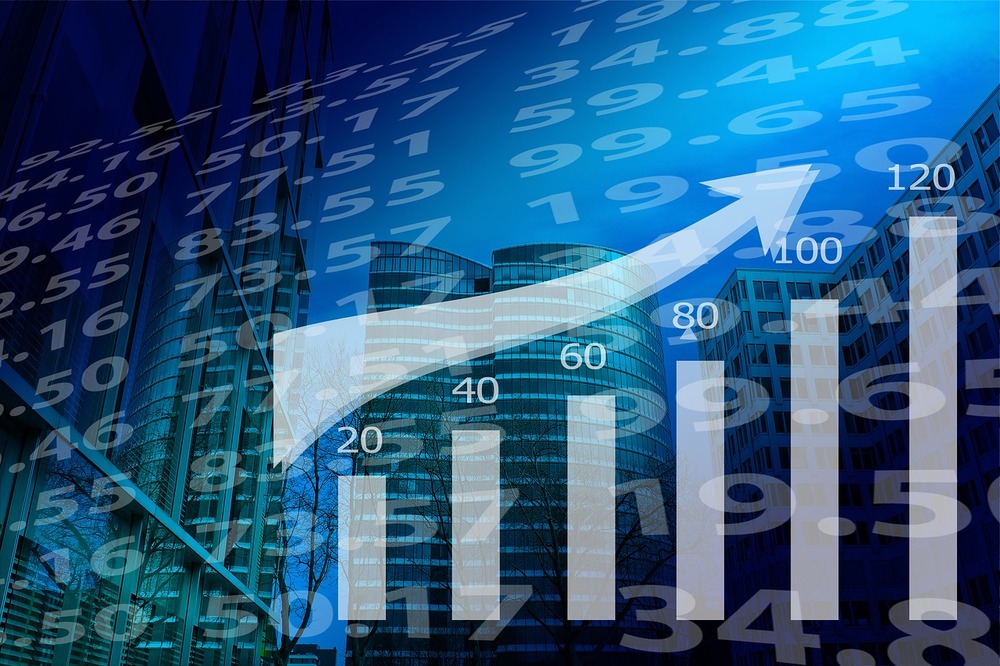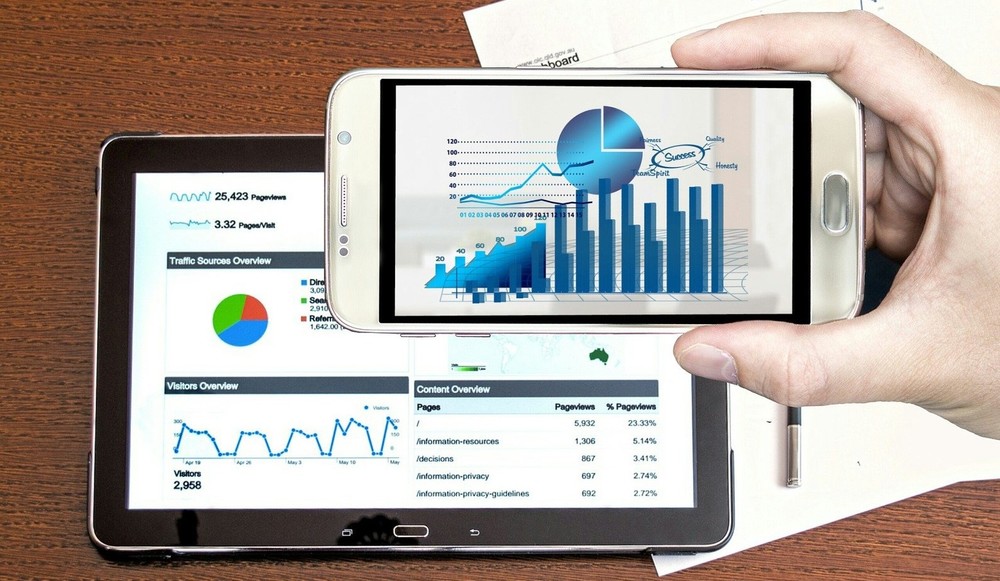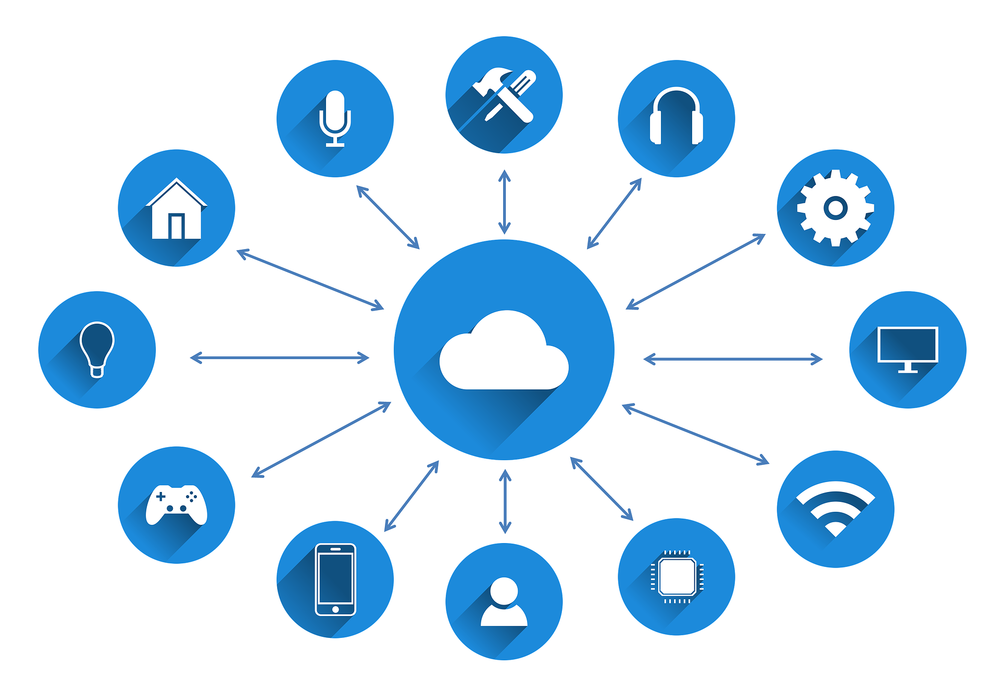We offer you and your projects’ partners a win-win solution based on a solid, long-lasting, fruitful relationship
You outsource the mundane & concentrate on what you do best
This article is part of a blog series on Digital Twins, exploring what Digital Twin means and what it can do for the construction industry.
Emerging technologies like 3D printing and the adoption of IoT solutions facilitate the creation of more accurate digital models.

The digital twin market consists of a digital virtual representation of an object or system that covers its lifecycle. A digital twin model has to be updated from real-time data; it makes decision-making easier through:
2022 to 2027 forecast predict the global digital twin market size will reach USD 96.49 billion in 2029, at a CAGR of 40.6% during the forecast period. The construction industry segment is expected to grow slower than, other industries like healthcare and pharmaceutical, but will still expand rapidly
The main goal of digital twins is to improve the understanding of how an object will function and perform in the future.
Digital twins are expected to transform the construction industry and will continue to evolve and be adopted by the industry.
Digital smart asset systems will use mobile scanning robots to capture real-time data to feed digital twins and make them successful.
Urban modeling is a growth area for digital twin technology. Smart cities are more popular with mayors and the population. You can now digitize an entire city to plan future developments, including population growth and climate change modeling.
Designing and constructing smart buildings using BIM and digital twin technologies allow you to streamline and automate your processes.
To deliver profitable, usable information to all construction stages from design to facility management your models should be able to:

Digital twins are fundamental facilitators for the construction industry to respond to more and more demand for new facilities and new layouts following the COVID-19 shutdown.
A digital representation of real systems and components of a building will force the construction industry to accelerate the adoption of digital technology and allow it to catch up to others.
Construction projects are complex operations, that have to consider
Bridge all these segregations with digital transformation to find a way through the fundamentals of each stakeholder’s domain and their interdependence.
Humanizing the way people interact and collaborate to create and manage data, is the key to success and can only be achieved by using technologies like digital twins and visualization
The change is necessary to meet the requirements for:
The global construction and design software market was valued at USD 9.6 billion in 2021 and is expected to reach USD 9.98 billion in 2022. The construction industry is good at managing risks, reducing waste and reworks, and driving efficiencies using BIM. Introducing digital twins in the processes will amplify these benefits in delivering your construction projects.
We know that human nature resists change and the construction industry which represents one of the largest world asset classes will be slow to embrace digitalization. With more than 4 billion buildings in the world today it is essential to construct more efficient buildings and improve the efficiency of the existing ones, increase their value, and make them more sustainable, to meet the future climate change goals of net zero by 2050.

A report by Hexagon says that digital twins save an average 15% in carbon emissions.
96% of executives understand the value digital twins bring but only 16% plan to increase their investment in the technology in the next two years.
CRB, a construction provider, for the biotech industry, used digital twins to design and build new vaccine plants. For their projects they:
Digital twins help to avoid unnecessary trips for engineers to existing or new plants. On one project, CRB used Matterport Pro2 a high-quality 3D capture with unlimited 4K print-quality photography to create a digital twin. It enabled all teams to collaborate on a single cloud platform. They were able to:
Facility management expenditure represents 80% or more of the total facility lifetime cost.
Facility owners are often experiencing data losses during the handover from the design and construction phases. Digital twins are like a pot of gold for them. Facility managers can use digital twins to understand why things were engineered and designed in the manner they were and simplify maintenance processes.
For example, If you have to repair a pump that is not functioning properly your technicians need to understand its design and what the pump was supposed to do. Utilizing digital twins can help as they can see how the pump fits in the whole system, not only the ruptured one.
According to McKinsey, construction expenditure represents 13% of the world GDP and meet half the world’s infrastructure need of additional value-added which could be created if productivity was at a higher level.
Here are the 7 activities McKinsey recommends to boost productivity:
The digital twin capabilities of harmonizing data between design, manufacturing, and construction, increase productivity gains along the life cycle of a building by:
Our partner Procore considers that digital twins are about connecting to real-life objects or information, a key issue in an area that combines many different engineering facets.
Digital twin implementation should be part of a technology strategy to manage different data sources, including:
Plannerly's platform can help you implement the right standards, processes, and verifications to eliminate unnecessary data requirements.
Processing raw data requires streamlined processes and agile software engineering practices for building and deploying digital twins.
After Brexit the United Kingdom started building a digital twin of the transport network to improve one of the busiest shipping hubs.
Digital twins include all the details required to:
For example, a digital twin could simulate the care of patients' heavy lifting in nursing homes.
Rethink the entire construction and management processes to:
Many elements should evolve for digital twins to be adopted. Modular builder Katerra’s failure was spectacular and proved how difficult it is to transform the industry. The failure was due to:
The technology to collect, integrate, and manage data to create a digital twin exists
but it is complex to work through the patchwork of technologies, software, and vendors. It will require governments, and all construction stakeholders to work together to accelerate its adoption. The industry will have to:
Procore said:
Even with all the great APIs, cloud-based data, and platform solutions, there remains a massive amount of data stuck in silos that are not able to be fully accessed.
The Digital Twin Consortium says that “attention focuses on the bright shiny side of digital twins, pragmatic considerations are coming into greater play, and guides from other industries are being studied”
To have efficient digital twins, the industry will have to change its mindset:
Digital twins can be used for structures of all shapes and sizes, from buildings and bridges to motorways, entire cities, and even existing structures.
On existing assets, you can build a digital twin retrospectively by:
This calibrated model then becomes a digital twin.

The digital twins’ use is increasing.
The innovative technology is being used across industries to:
Maneuvering through the maze of technologies is difficult, take the Driving Vision technology diagnostic.
In this diagnostic, we look at the best way to insert new technology into your workflows and your organization to cloud computing so you can open up new possibilities for your daily planning tasks and ensure your data never leaves the optimally secured data center.
The technology appraisal report will help you explore what is required to improve your projects’ productivity, increase collaboration, and get the ROI you expect from your investment.
A Driving Vision expert will conduct the interviews online, issue a report, and discuss our findings. Together we will decide the best way to implement the solutions at your pace and according to your budget.
Implementing BIM can be daunting, but Driving Vision is here to help you at the pace you are comfortable with. Get started by getting in touch now
We act as your BIM coordinator
We Support your BIM IT
We Train & Coach you
We Innovate in Technology
We offer you and your projects’ partners a win-win solution based on a solid, long-lasting, fruitful relationship
You outsource the mundane & concentrate on what you do best
